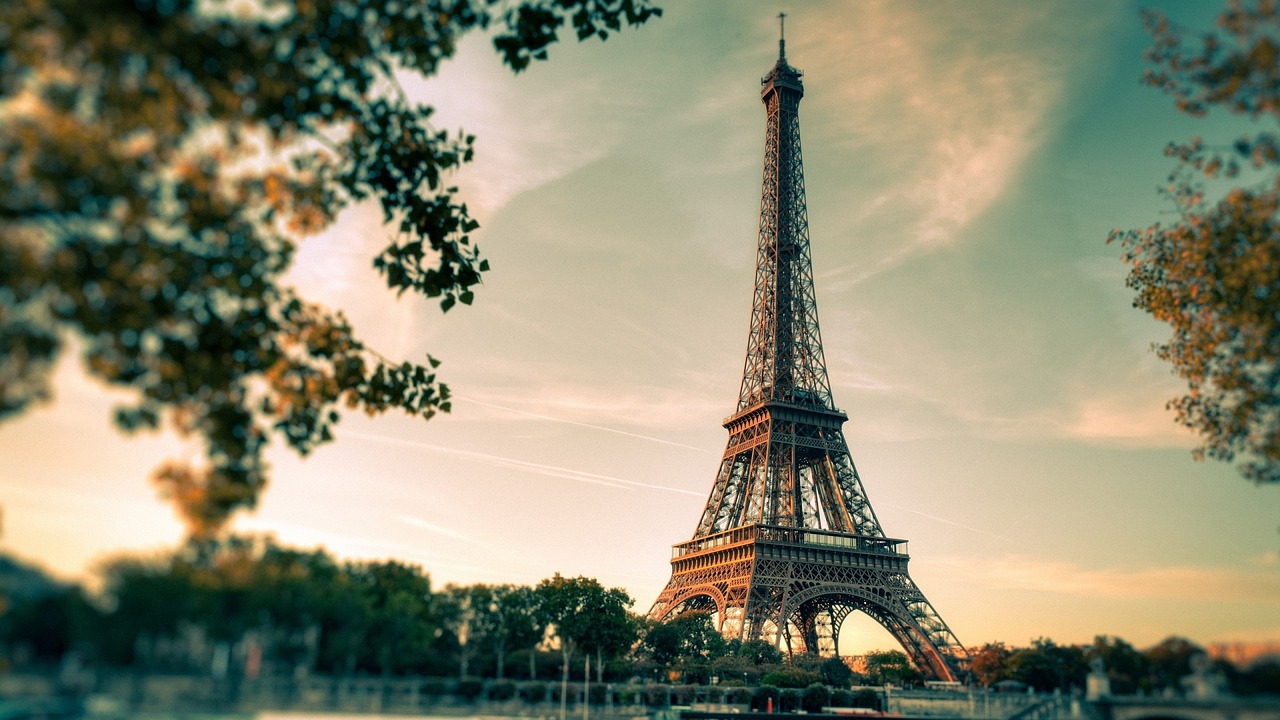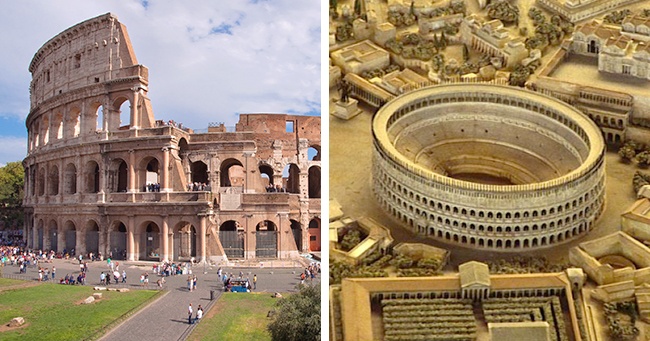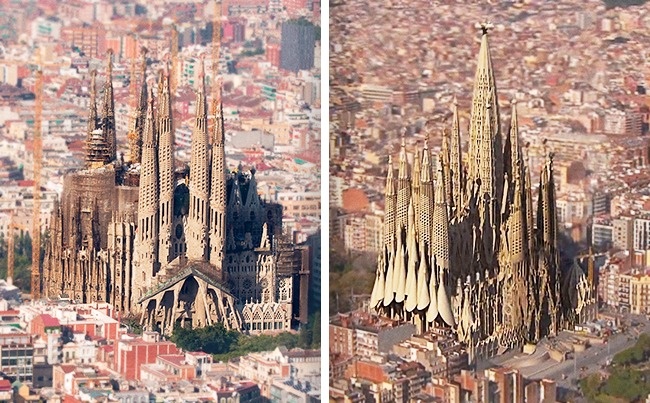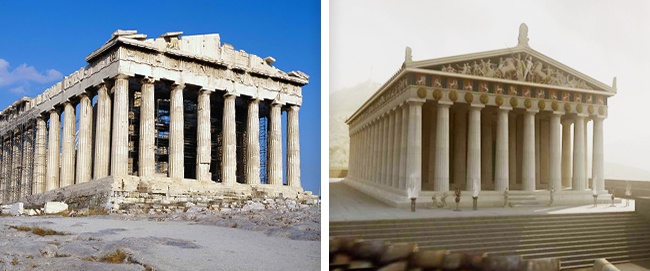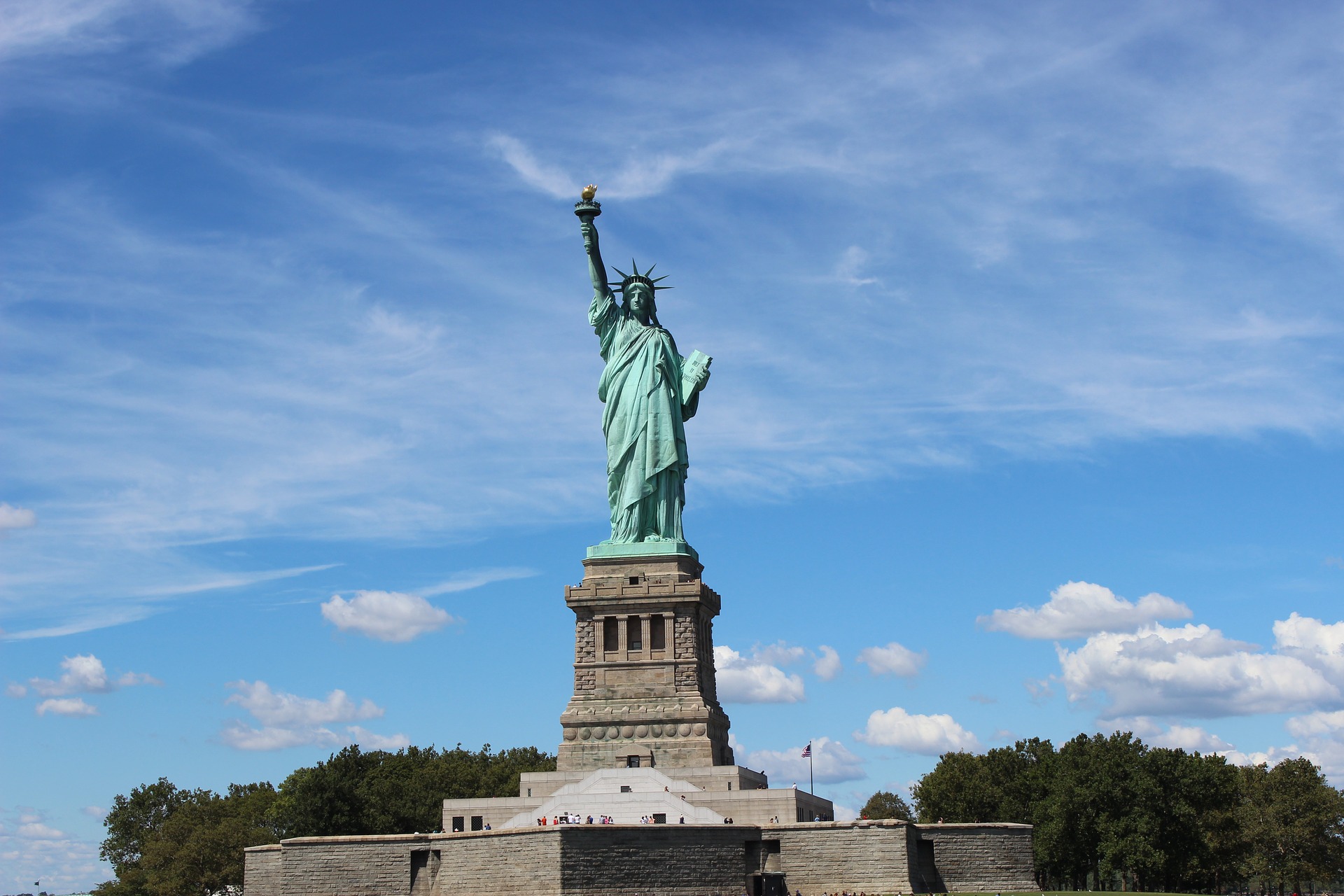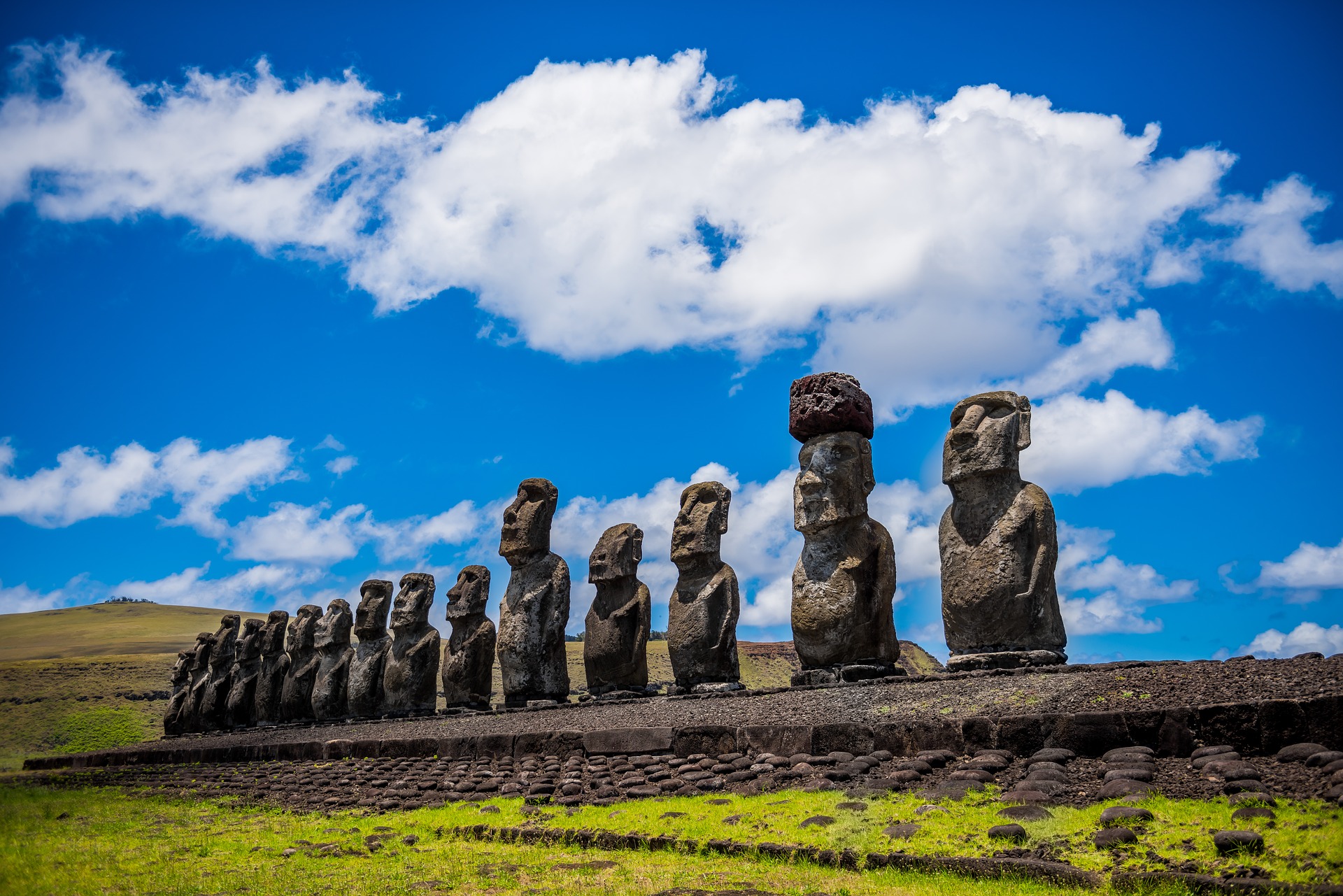Have you ever wondered what the ideas were behind grandiose monuments of the past?
Humans always have many interesting stories to tell, but buildings have much more than that. Sometimes these storıes are even stranger than fiction.
Here we relay some of these stories to you, with all the humor, the irony, and the regret, behind the world-famous buildings.
Eiffel Tower – Paris, France
Any proper history of the Eiffel Tower must begin with the admission that, in the very beginning, the French were none too pleased to discover a giant needle disrupting their once-unobstructed panorama. Built as an entrance to the 1889 World Fair in the 100th anniversary of the French revolution, the all-steel structure seemed to rise oddly in an all classic Paris.
It was heartily disliked by Parisian intellects and artists who signed that manifesto: “We, writers, painters, sculptors, architects, passionate lovers of the beauty, until now intact, of Paris, hereby protest with all our might, with all our indignation, in the name of French taste gone unrecognized, in the name of French art and history under threat, against the construction, in the very heart of our capital, of the useless and monstrous Eiffel Tower.”
The Pyramids of Giza, Egypt

©depositphotos
They’re over 3,000 years old, and we still don’t have a good idea as to how they were built or how the Egyptians made them so precise (were aliens involved?). The three pyramids align to the stars and the solstices and contain tons of chambers that still haven’t been (and cannot be) opened.
Originally, the pyramids of Egypt were covered with a shining reflective layer made from polished white limestone. This would have made them a truly dazzling sight and thus an appropriate symbol of the grandeur of the pharaohs. They would have been visible from the mountains of Israel or even from space. Unfortunately, this outer layer of stones was destroyed by a powerful earthquake which occurred in 1301.
The Colosseum, Italy
The famous Colosseum was built in the 1st century AD, and more than a thousand years later this magnificent work of architecture from the ancient world has more or less retained its original appearance. In the middle of the 14th century, a powerful earthquake in Rome caused it to partly collapse, especially on its southern side. After this, the Colosseum began to be seen as a source of building materials for new structures. Despite these unfortunate trials, however, it is still a marvel of the architectural world.
The Sagrada Família, Spain
The Sagrada Familia is an exceptional place of worship, as much for its beginnings and foundation as for its ambition.
The construction of this marvelous church began in 1882. According to calculations made by its creator, Antoni Gaudí, the construction would take 3-4 centuries using the technology available at the end of the 19th century. In accordance with a decision of those managing the project, it would be financed exclusively through donations made by ordinary parishioners — another reason why it’s taken so long to finish. Thankfully, using today’s technology, construction is set to be complete by 2026 — almost exactly 100 years after the ingenious architect’s death.
Stonehenge, England

© toptenhistoricalsites06
Located near Salisbury, England, this megalithic structure is over 3,000 years old, and its stones come all the way from Wales. Scholars still are not sure how the builders got the stones there and have tried to replicate the feat, with dismal results. Moreover, we only have a vague idea to its purpose (we’re basically just guessing).
Stonehenge is now fenced off, and visitors can no longer go into the circle; they can only walk around the attraction.
The Parthenon, Greece
The Parthenon is the most famous architectural monument bequeathed to us by antiquity.
The temple which was dedicated to Athena, the Greek Goddess of wisdom, has been living for, almost, 2,500 years now and it has a lot to tell. On numerous occasions, it suffered from the reprisals of cruel tyrants, reconstruction attempts, military assaults, plundering, fires, gunfire, and even a one-time transformation into a Christian church and then a mosque.
Unfortunately, at present, it’s in a state of partial ruin.
London Bridge – London, UK
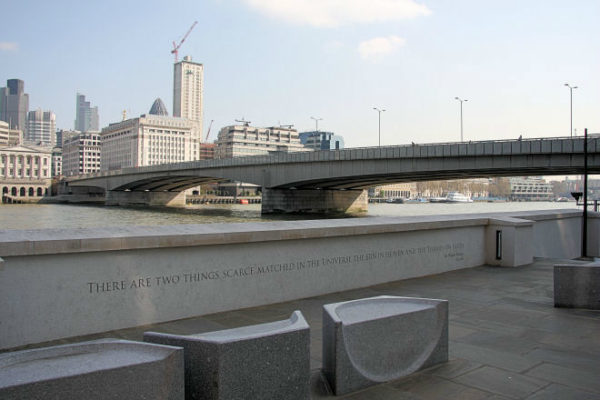
arch2o.com
The historically famous London Bridge, over the River Thames, has been repaired, demolished, and rebuilt multiple times ever since the Roman Empire rule. The structure systems would not take the increasing numbers of pedestrians, and later on vehicles, so it kept getting repaired and sometimes replaced. The last time was in 1967 when the City of London sold the bridge, which was sinking bit by bit, to Robert P. McCulloch to be its defining landmark.
Another interesting fact about London Bridge is that it is widely confused with Tower Bridge, another bridge across the Thames, which was constructed in the late 19th century and is well known for its Gothic Revival twin towers connected by a pedestrian path. There was even that funny rumor that the American buyer of London Bridge thought he was buying the Tower Bridge with its two remarkable towers.
The Statue of Liberty, USA
Frederic Auguste Bartholi, the statues sculptor, used his mother as the inspiration for Lady Liberty’s face and his wife as the inspiration for the statue’s body.
The Statue of Liberty isn’t supposed to be green. It’s technically a sign of damage. The statue’s infrastructure is iron, but its exterior is copper, which has turned green over time due to oxidation. However, that green coating protects the statue from further damage and deterioration. Originally, the statue was the true copper color.
Moai Statues, Easter Island, Chile
Located out in the Pacific Ocean, Easter Island, a special territory of Chile, is home to Moai statues that are the only thing left of a culture that once lived here. These gigantic and impressively carved heads are just another reminder that primitive people were not really all that primitive. The stones that attract visitors to this island are made out of volcanic ash; many still remain in the quarry, left behind by the inhabitants as diminishing resources on the island left their tribes doomed to wars that finally killed them off.
Burj Al Alam, UAE
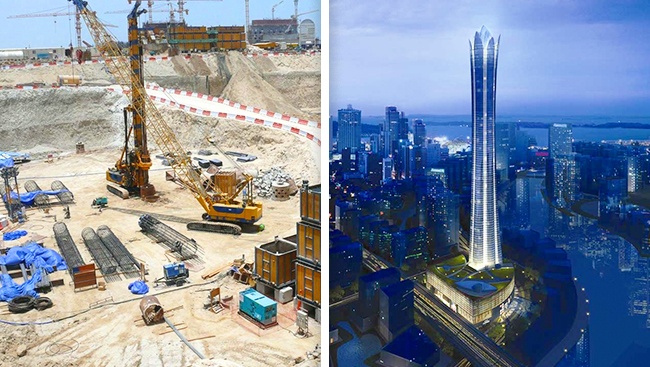
© AdMe
The Burj Al Alam is the name given to another project for a supertall skyscraper — one which was 510 meters tall and had the appearance of a crystal flower. The proposed building plan contained 74 floors of office space, a retail area at the base, and a hotel and serviced apartments in the top 27 floors. A 5-star hotel section would contain the highest hotel rooms in the world.
It was due to be completed in 2009, but due to the global financial crisis work on it was first suspended and then abandoned in 2013.

